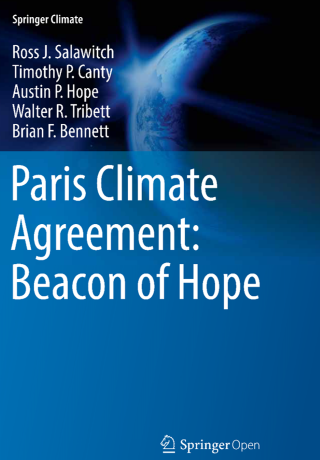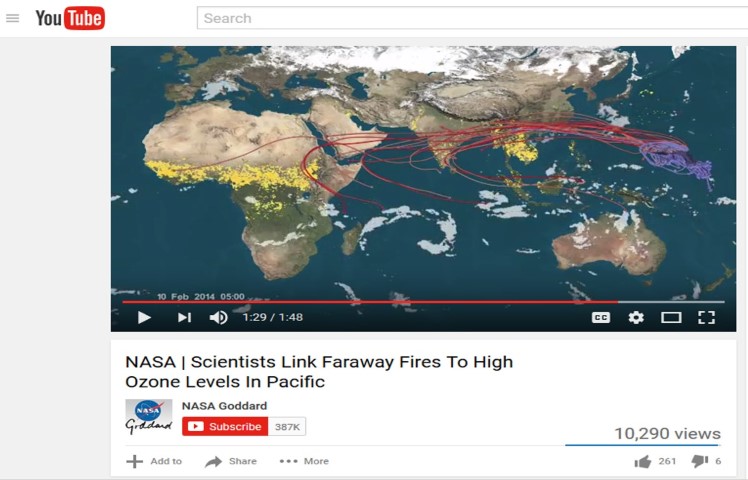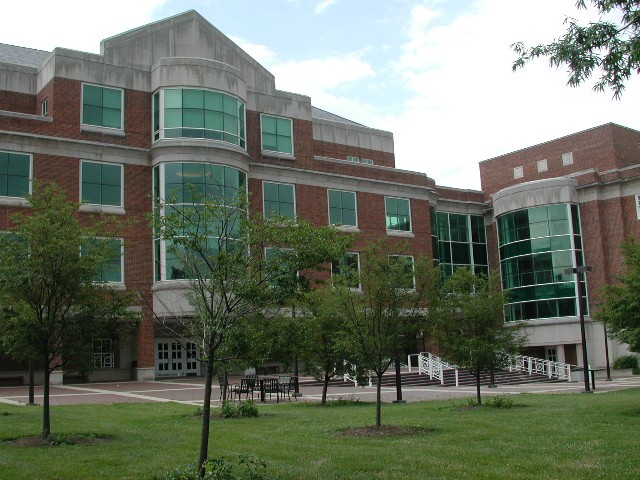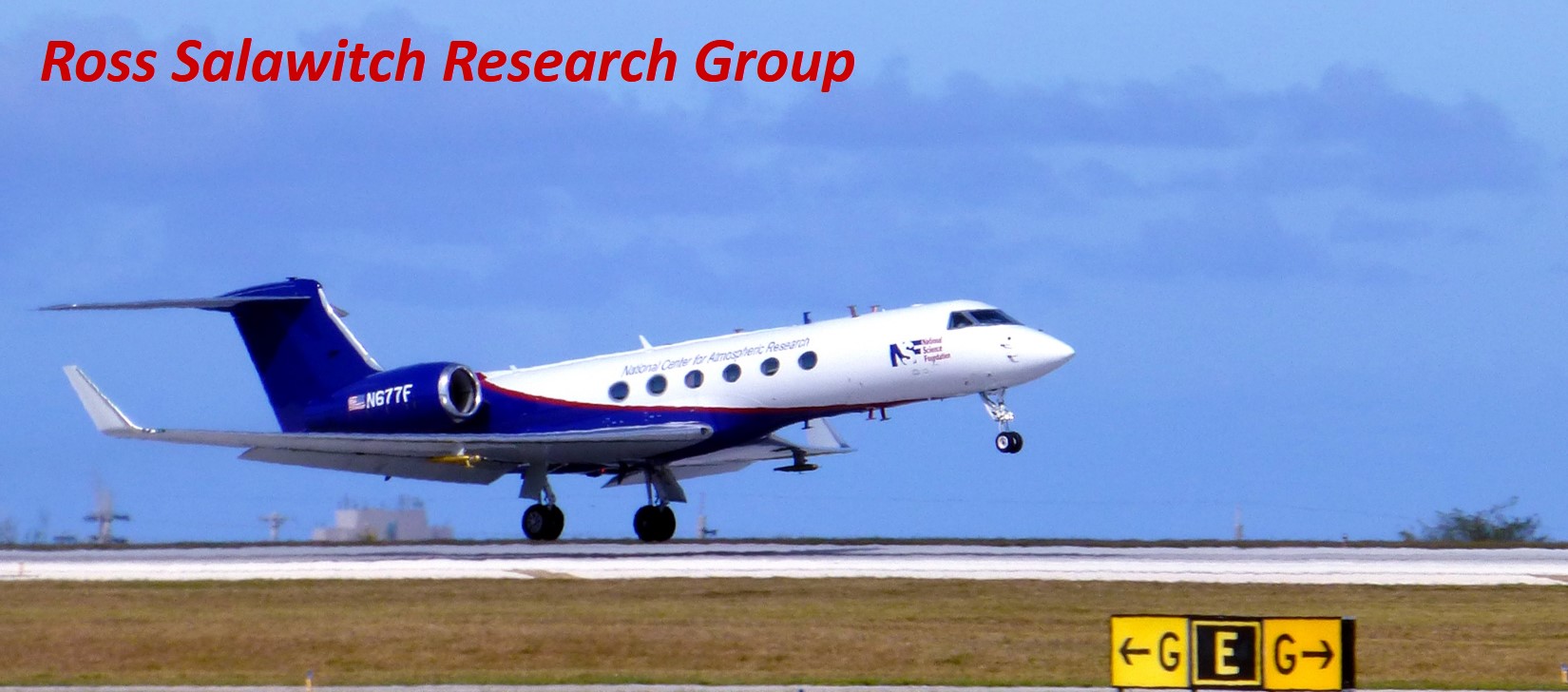We publish extensively in the peer
reviewed literature. Papers are the commodity upon which scientific
careers are evaluated.
These days publication records are
maintained by external databases. The three most prominent are
given below.
My complete publication record is available at
either:
Researcher ID,
a database maintained by ISI Web of Knowledge
ORCID,
a database maintained by the Open Researcher and Contributor ID
group
Google Scholar, yet another database (thanks Sergey... your
database is particularly generous with citation attributions).
In many ways, graduate school is an apprenticeship in
not only conducting research, but also in
seeing this research through to publication in the peer-reviewed
literature. I am hard pressed to think of more than a handful of
multi-authored publications, throughout my career, that do not include at least one person who was either
a graduate student or post-doctoral fellow at the time the paper was
written. For this, I am most proud!
_____
Recently our group published a book
with Springer-Climate on the Paris Climate Agreement:.

The book is available either for
purchase from the publisher:
http://www.springer.com/us/book/9783319469386
or
Amazon:
https://www.amazon.com/Paris-Climate-Agreement-Beacon-Springer/dp/331946938X
or can
be downloaded, for free, from:
https://link.springer.com/book/10.1007/978-3-319-46939-3
Given
the importance of this subject matter, we choose to expend considerable research
funds to provide the content of the book via open-access.
Those who want the "Cliff Notes" version are encouraged to visit
this
website devoted to the book:
http://www.parisbeaconofhope.org
as
well as watch a 4-minute video produced by Matt Wright of the UMD College of Computer,
Mathematical, and Natural Sciences:
https://www.youtube.com/watch?v=4mJQUrxZOTk
Images
from this book will be included in the upcoming Decadal Survey for Earth
Science and Applications from Space to be published by the National
Academy of Sciences, as well as Climate Science Special Report to be
issued by the U.S. Global Climate Change Research Program. Links
will be posted once these documents are available on-line.
Austin Hope, who
conducted the climate model simulations in the book, was a graduate
student at the time the book was written.
_____
A
recent research highlight in the peer-reviewed literature is a paper
that postulates filaments of air with high levels of ozone and low
relative humidity, a persistent feature of the remote Tropical Western
Pacific, are actually remnants of biomass burning from Africa and
Southeast Asia (Anderson
et al., Nature Comm., 2016). NASA produced a nice summary:
https://www.nasa.gov/feature/goddard/2016/tropical-fires-fuel-elevated-ozone-levels-over-western-pacific-ocean
accompanied by a video that has racked up more than 10,000 views:
https://www.youtube.com/watch?v=zj-dETgdcdM
Here is a screen capture of the video
that features Dan Anderson, another graduate student at the time the
paper was published (Dan is presently a post-doctoral research scholar
in the group of
Ezra Wood, at Drexel University).

6 down arrows; yikes. 2 of
them we had expected. But the other 4 ... oy vey!
_____
Another, now somewhat dated highlight
is our publication
of a
paper entitled "A
new interpretation of total column BrO during Arctic Spring" that
examined data collected during the NASA
ARCTAS and NOAA
ARCPAC atmospheric
chemistry field campaigns as well as the
NASA Aura OMI
instrument. This paper appeared as
a Frontier article
and was featured on the cover of Geophysical Research
Letters:

We showed many "hotspots" in the
satellite record of total column BrO are actually due to compression of
stratospheric air associated with a low altitude (high pressure) tropopause with the ultimate origin of the measured BrO being biological
processes in the tropical oceans, rather than surface release of
inorganic (non-biological) bromine. The paper has been cited more
than 50 times since it's publication in 2010. And, this work
was featured on the cover of the journal, back when people still
received paper copies in the mail. Alas, those days are gone.
We continue to work on atmosphere
bromine, including a paper that shows the stratospheric supply of
bromine by compounds produced by natural, biological processes in the tropical oceans might
delay the recovery of the Antarctic ozone hole:
http://onlinelibrary.wiley.com/doi/10.1002/2016GL070471/full
as well as two studies of the bromine
budget of the Tropical Western Pacific based on data collected during
the NSF-sponsored
CONTRAST campaign:
http://onlinelibrary.wiley.com/doi/10.1002/2016JD025561/full
http://www.atmos-chem-phys-discuss.net/acp-2017-572
_____
Colleagues interested in setting up
their own Researcher ID webpage can register at:
http://www.researcherid.com/SelfRegistration.action
Once
completed, the content can be exported to ORCID. Also, FYI, after
papers appear, they must be manually uploaded to these databases.
If this is not done, the database will become stale. I generally
upload papers to Researcher ID a few times a year (i.e., generally after
class ends in winter, and summer) and them export content to ORCID.




